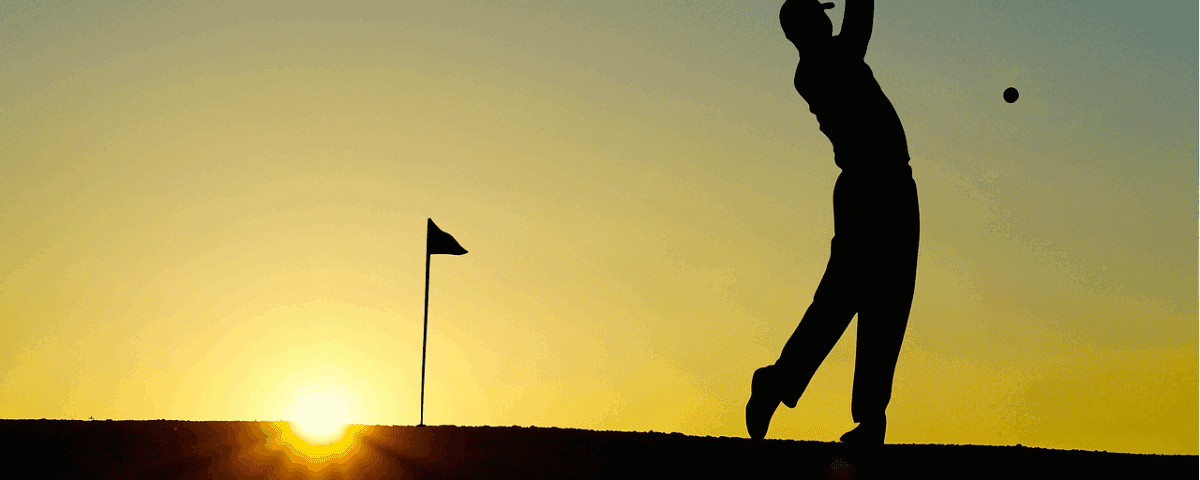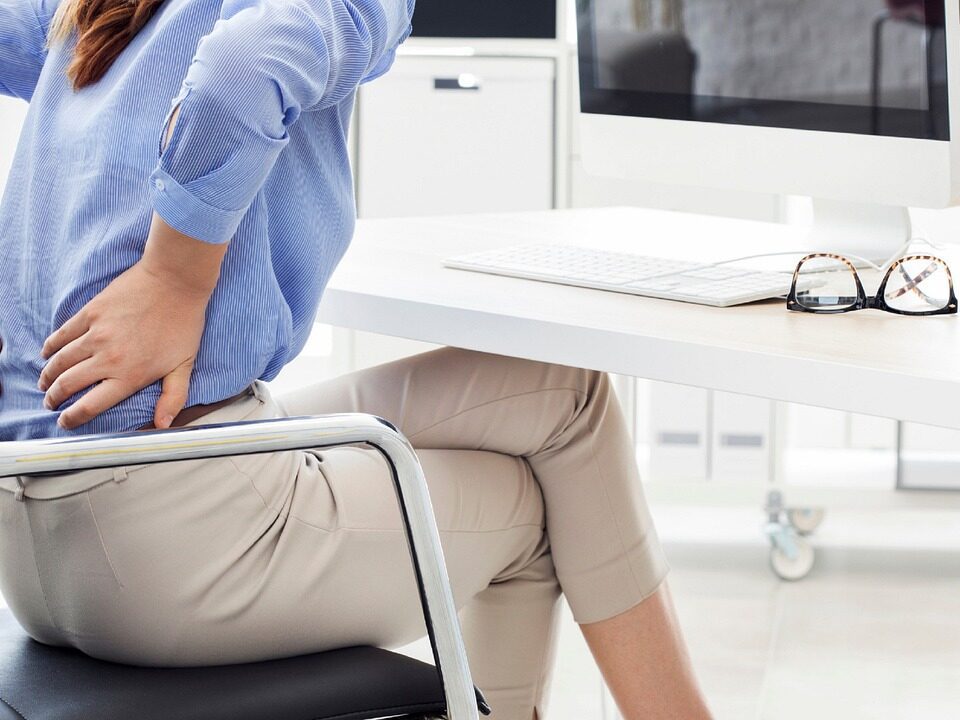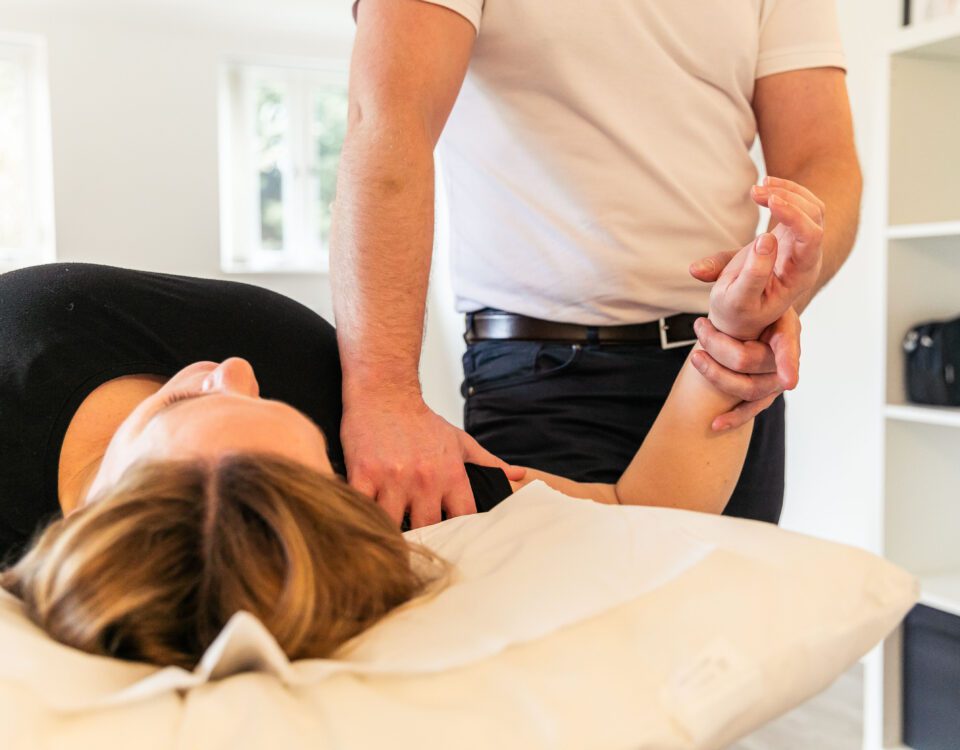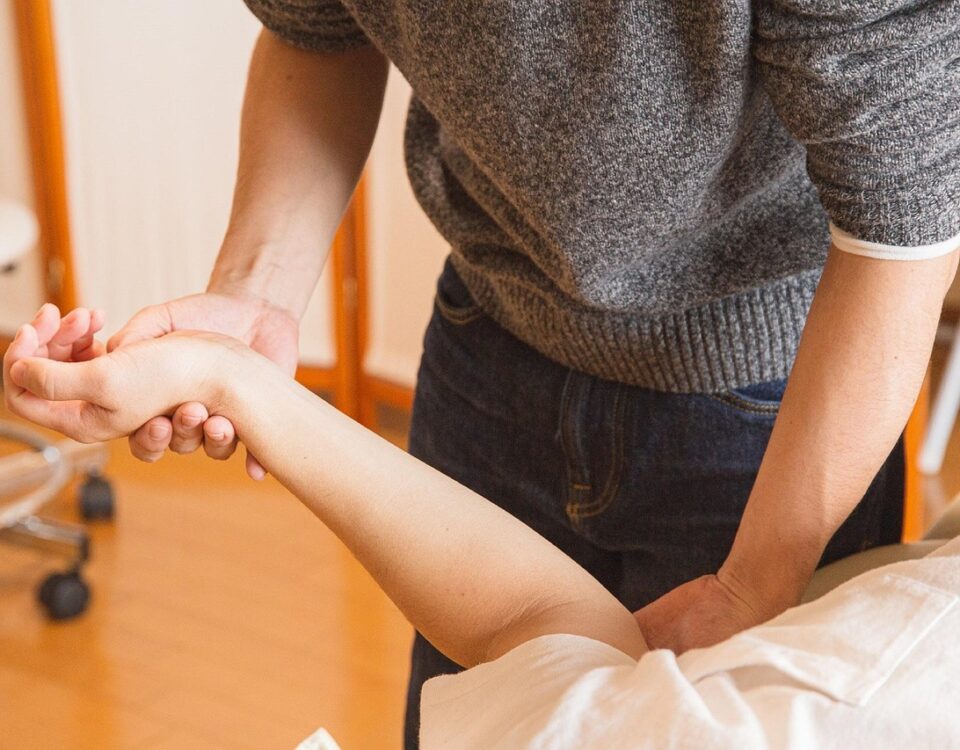
Posture and Back Pain – Debunking the Common Myths
16 April 2024
How Hands‑On Osteopathy & Manual Therapy Really Help You Recover
16 June 2025Osteopathy for Golf: Improve Your Swing, Prevent Injury, and Boost Mobility
Golf is a game of power, control, and precision — but it’s also demanding on your body. Whether you’re playing casually or competing, it’s essential to stay mobile, pain-free, and efficient in your movement. That’s why more players are turning to osteopathy for golf to improve performance, prevent injury, and stay on top of their game.
Unfortunately, many amateur golfers don’t warm up properly — often taking just two rushed practice swings before teeing off. Combine this with poor mobility or movement control, and it’s no surprise we see golfers developing hip pain, lower back tightness, and repetitive strain injuries.
⛳️ Why Injuries Are Common in Golfers
A full golf swing involves complex, high-speed rotation through the hips and spine, paired with shifting weight and balance control. Repeating that movement over 18 holes — especially with poor mechanics or mobility — puts you at risk of injury. The most common problems we see in clinic include:
-
Lower back pain
-
Hip restriction or pain
-
Golfer’s elbow
-
Shoulder impingement
-
Neck stiffness
-
Wrist strain
And while these issues often present locally, they’re frequently linked to reduced mobility and control in the hips — especially during rotation.
🦵 Hip Mobility and Control: The Foundation of a Good Swing
Your hips generate the power and rotation required for a consistent golf swing. But most golfers lack the flexibility — and more importantly, the control — to use their full range efficiently. That’s where osteopathy for golf becomes especially useful.
During your swing:
-
The trail hip must internally rotate during the backswing
-
The lead hip must externally rotate during the same phase
-
These movements reverse during follow-through

When your body lacks this range of motion — or cannot control it — the strain shifts to the lumbar spine, knees, and shoulders. This not only reduces swing efficiency but greatly increases your injury risk.
🔁 Functional Range Conditioning: Control Your Mobility
It’s not enough to be flexible — you need strength and control in the positions your body moves through. That’s why we integrate concepts from Functional Range Conditioning (FRC) into treatment and rehab plans for golfers.
A key tool we recommend is Controlled Articular Rotations (CARs) — slow, controlled joint movements designed to:
-
Improve joint health
-
Expand usable range
-
Enhance neuromuscular control
-
Build mobility relevant to your golf swing
CARs are a safe and effective starting point for golfers of all ages and can be used as part of your warm-up or off-course routine. Below is an easy to follow video of a Hip CAR.
🧠 How Osteopathy for Golf Helps
Osteopathy is a hands-on approach that looks at how your body functions as a whole. When applied to golfers, it helps to:
✅ Restore Mobility
We use manual therapy to free up restrictions in the hips, spine, and shoulders — improving your ability to rotate and move efficiently.
✅ Improve Joint Control
Through assessment and treatment, we identify where your body lacks strength or stability at key ranges and help you regain control.
✅ Reduce Pain & Prevent Injury
Whether you’re dealing with golfer’s elbow, hip tightness, or recurring back pain, osteopathy helps ease symptoms and prevent them from returning.
✅ Tailored Golf Rehab Programmes
As part of your treatment, we can create a custom golf-specific rehab or mobility plan — including FRC-based drills, strength work, and swing-friendly stretches.
🏌️ What to Expect from a Golf Osteopathy Session
At Body Plus Sports Injury and Osteopathy Clinic, we tailor every session to your body, your swing, and your goals. A typical session includes:
-
Postural and movement assessment
-
Hip, spine, and shoulder mobility testing
-
Joint mobilisation and soft tissue treatment
-
Golf-specific strength and control drills
-
Functional Range Conditioning exercises like CARs
-
A take-home rehab plan to improve performance
📍 Osteopathy for Golfers in Essex
We treat golfers from across Essex, including those playing at Thorndon Park, Stock Brook, The Burstead, and local Ingatestone and Fryerning clubs. If you’re looking to improve your swing, prevent injury, or recover from pain — we’re here to help.
📅 Ready to Improve Your Swing?
If you’re struggling with mobility, injury, or performance limitations, book in today to explore how osteopathy for golfcan help you move better, swing more freely, and stay injury-free.
📞 Call us on 01277 801 920
📍 Visit us in Fryerning, Ingatestone
🔗 Book online HERE



